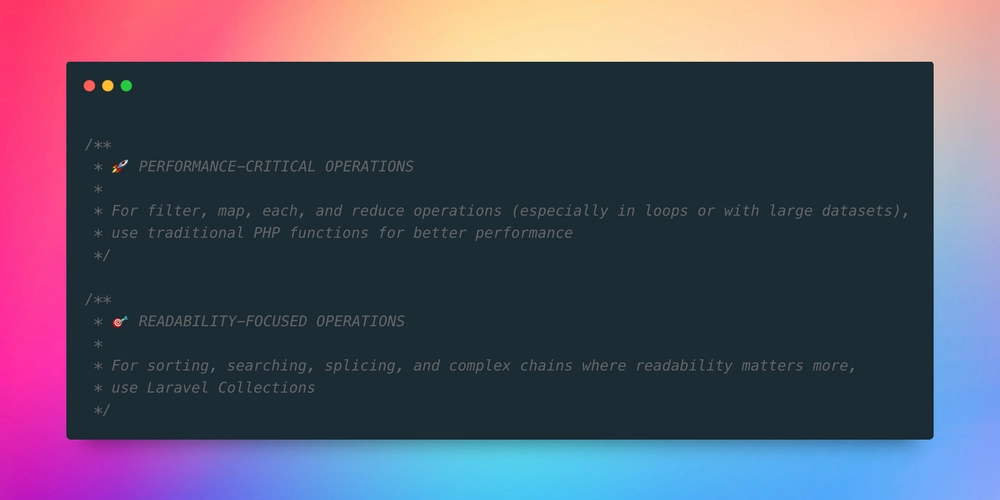Semantic Naming in Web Design
In web design, using semantic naming for colors improves readability, consistency, and maintainability. Instead of using generic color names like black or gray, we assign names based on their function in the UI. Key Concepts 1. Semantic Naming Rather than naming colors after their appearance, we categorize them by purpose: Foreground (fg-) → Used for text and primary elements. Background (bg-) → Defines the main background colors. Border (border-) → Applied to outlines and separators. Accent (accent-) → Used for highlights or interactive elements. 2. Modifiers Each color category can have different levels of importance: Primary (-primary) → The main color for a given category. Secondary (-secondary) → A supporting or alternative color. Base (-base) → The default background color. Elevated (-elevated) → A lighter background for elements that stand out. Examples Here’s how this system is applied: Name HSLA Value Hex Code Purpose fg-primary hsla(0,0,0,1.00) #000000 Main text color (black) fg-secondary hsla(217,10,35,1.00) #515863 Secondary text color (dark gray/blue) bg-base hsla(0,0,93,1.00) #EDEDED Default background color (light gray) bg-elevated hsla(0,0,100,1.00) #FFFFFF Elevated background (white) How This Helps in Web Design Using this approach provides several advantages: ✅ Easier maintenance → If you update a color, change it in one place (fg-primary) instead of multiple hex values. ✅ Better readability → Developers instantly understand what a color does. ✅ Consistent UI → Ensures colors are applied systematically. Implementation in CSS You can implement semantic color naming in CSS using variables: :root { --fg-primary: #000000; --fg-secondary: #515863; --bg-base: #EDEDED; --bg-elevated: #FFFFFF; } body { background-color: var(--bg-base); color: var(--fg-primary); } h2 { color: var(--fg-secondary); } .card { background-color: var(--bg-elevated); border: 1px solid var(--fg-secondary); } This structured approach ensures scalability and clarity in your design system.

In web design, using semantic naming for colors improves readability, consistency, and maintainability. Instead of using generic color names like black or gray, we assign names based on their function in the UI.
Key Concepts
1. Semantic Naming
Rather than naming colors after their appearance, we categorize them by purpose:
-
Foreground (
fg-) → Used for text and primary elements. -
Background (
bg-) → Defines the main background colors. -
Border (
border-) → Applied to outlines and separators. -
Accent (
accent-) → Used for highlights or interactive elements.
2. Modifiers
Each color category can have different levels of importance:
-
Primary (
-primary) → The main color for a given category. -
Secondary (
-secondary) → A supporting or alternative color. -
Base (
-base) → The default background color. -
Elevated (
-elevated) → A lighter background for elements that stand out.
Examples
Here’s how this system is applied:
| Name | HSLA Value | Hex Code | Purpose |
|---|---|---|---|
| fg-primary | hsla(0,0,0,1.00) | #000000 |
Main text color (black) |
| fg-secondary | hsla(217,10,35,1.00) | #515863 |
Secondary text color (dark gray/blue) |
| bg-base | hsla(0,0,93,1.00) | #EDEDED |
Default background color (light gray) |
| bg-elevated | hsla(0,0,100,1.00) | #FFFFFF |
Elevated background (white) |
How This Helps in Web Design
Using this approach provides several advantages:
- ✅ Easier maintenance → If you update a color, change it in one place (
fg-primary) instead of multiple hex values. - ✅ Better readability → Developers instantly understand what a color does.
- ✅ Consistent UI → Ensures colors are applied systematically.
Implementation in CSS
You can implement semantic color naming in CSS using variables:
:root {
--fg-primary: #000000;
--fg-secondary: #515863;
--bg-base: #EDEDED;
--bg-elevated: #FFFFFF;
}
body {
background-color: var(--bg-base);
color: var(--fg-primary);
}
h2 {
color: var(--fg-secondary);
}
.card {
background-color: var(--bg-elevated);
border: 1px solid var(--fg-secondary);
}
This structured approach ensures scalability and clarity in your design system.










































































































































































![[The AI Show Episode 142]: ChatGPT’s New Image Generator, Studio Ghibli Craze and Backlash, Gemini 2.5, OpenAI Academy, 4o Updates, Vibe Marketing & xAI Acquires X](https://www.marketingaiinstitute.com/hubfs/ep%20142%20cover.png)



























































































































![[DEALS] The Premium Learn to Code Certification Bundle (97% off) & Other Deals Up To 98% Off – Offers End Soon!](https://www.javacodegeeks.com/wp-content/uploads/2012/12/jcg-logo.jpg)


![From drop-out to software architect with Jason Lengstorf [Podcast #167]](https://cdn.hashnode.com/res/hashnode/image/upload/v1743796461357/f3d19cd7-e6f5-4d7c-8bfc-eb974bc8da68.png?#)








































































































.png?#)





.jpg?#)
















![iPhone 17 Pro Won't Feature Two-Toned Back [Gurman]](https://www.iclarified.com/images/news/96944/96944/96944-640.jpg)












_Christophe_Coat_Alamy.jpg?#)
 (1).webp?#)





































































































![Tariffs Threaten Apple's $999 iPhone Price Point in the U.S. [Gurman]](https://www.iclarified.com/images/news/96943/96943/96943-640.jpg)








































































































































